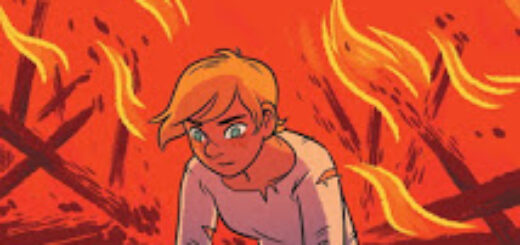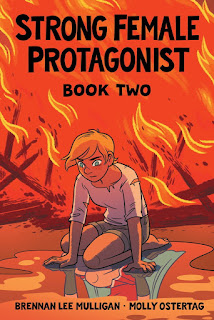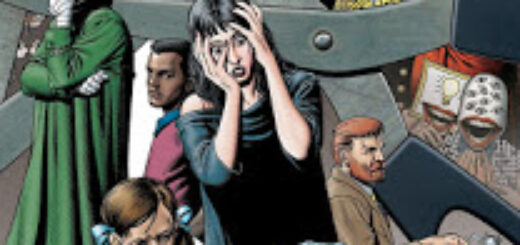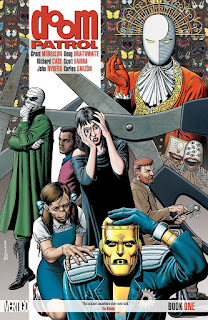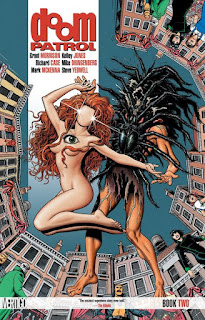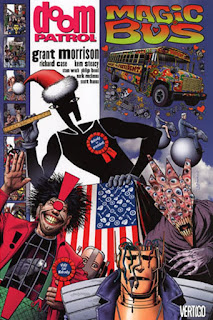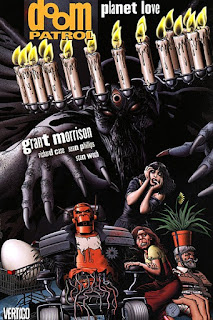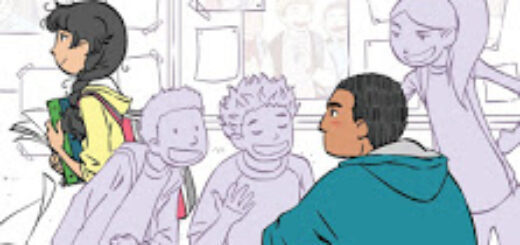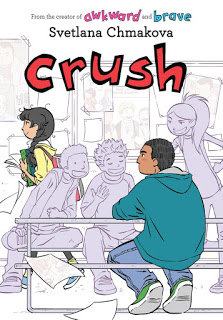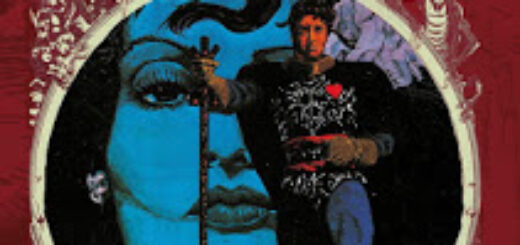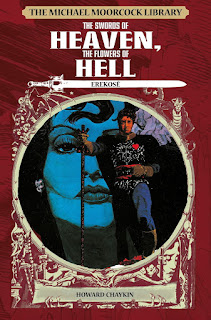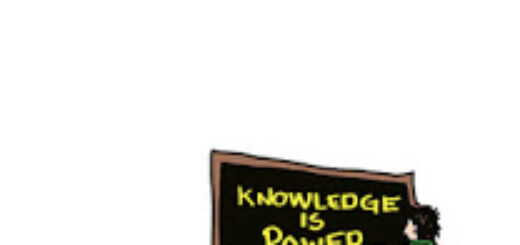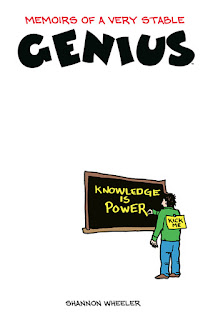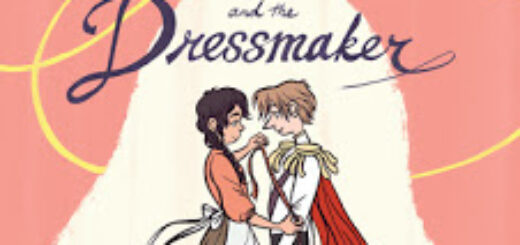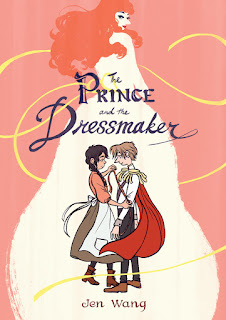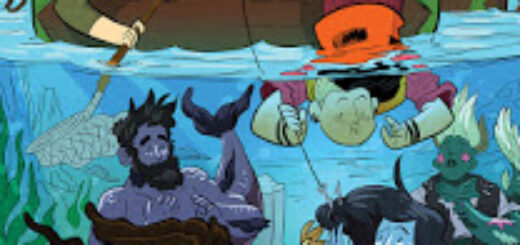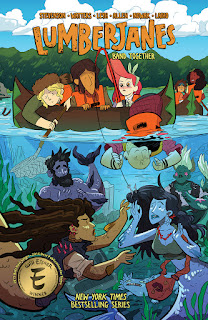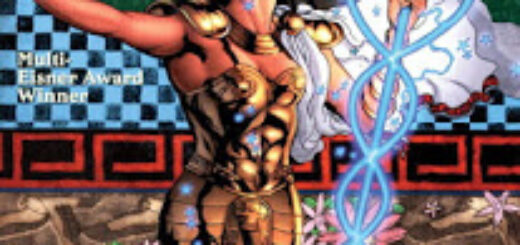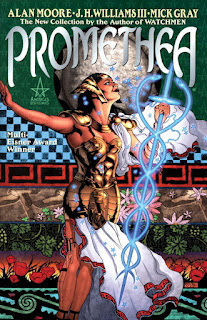Book-A-Day 2018 #336: Strong Female Protagonist, Book Two by Mulligan & Ostertag
Even in a comics superhero continuity entirely controlled by one creative team and contained in one series of stories, there can be retcons and changes. And sometimes you don’t notice them unless you’re specifically looking for them.
Take Strong Female Protagonist by writer Brennan Lee Mulligan and artist Molly Ostertag, originally a webcomic, which has been collected into two big books so far. When I read the first book a few years back, here’s how I described this universe’s White Event:
a worldwide band of thunderstorms hit, impossibly, about a decade ago — soon after 9/11 — and in their wake a whole lot of tweens and young teenagers suddenly had superpowers and strange transformations, all over the world. No one knows if there’s a cause-and-effect relationship there, or which way it would run. But some nations now have gods, and some presumably have very scary government enforcers, and some probably have unstoppable criminals. In the US, we got superheroes and a comic-booky strain of supervillains, who appear to have all gone in for the world-domination racket.
But in Book Two , there’s some throwaway dialogue about all of the affected kids all having been in utero at the time of the event, which either means I badly misunderstood the first book, or there was a different, much earlier event that actually created all the super-people.
This doesn’t actually matter to the story, obviously. But I’m fascinated by the change, and the impulse to change something (or clarify it) that is so unimportant. In both cases, something happened, inexplicable and worldwide, and a bunch of people in a very tight age cohort get superpowers — none of that changed.
I do wonder why having all of the superfolks be precisely the same age is so central — it’s not like they’re all in college together now. I suppose the point was to have this group be the first superpowered people, and to have there be a bunch of them, worldwide. This is a Wild Cards-style superhero universe, without the obvious single-point event causing it. A thing happened, and then a whole bunch of people manifested powers at puberty — some became heroes, some villains, some just hid, and some did other things.
Allison Green was one of the heroes, the high-powered brick Mega Girl, conscripted by the US government and assigned to a super-team for the duration of her adolescence. But now the supervillains have been defeated and the government regulations seem to have switched to “keep track of” rather than “use as strike force,” so now she’s retired, just one more, slightly older than usual, sophomore at NYC’s super-liberal New School. [1]
This book collects Chapters 5 and 6 of Allison’s story, which are as much about what it’s right for superpeople to do — through arguments, discussions, and some strong-arming of a reluctant superperson — as it is about the things they do. Chapter 5 in particular is a #MeToo story…except that I’m pretty sure those comics originally appeared online starting in 2014 or so, well before that hit the media and became a hashtag. (That’s because sexual abuse, and toxic masculinity, was not actually a new thing then — it’s just when a wider world started paying attention and decided it was important now.)
Since this is a superhero story, the initial hook is violence: someone is killing men who have been accused of sexual assault or rape and then been acquitted in court or otherwise “gotten off.” And Allison soon gets connected to the mysterious killer, when one of the victims is the potential creeper she saved a drunk girl at a party from (and saw it all blow up in a shaky YouTube video, of course). It gets a whole lot more complicated than that quickly, with Alison’s new mentor/partner/friend/independent-study-professor Lisa (aka the tinkerer Paladin) and the break-up of her old superhero team the Guardians and her suspicion that this new killer is her old teammate Mary, aka the invisible superheroine Moonshadow.
In the end, there is superhero violence and long conversations about the right thing to do — but much more of the latter than the former, as usual.
And those discussions lead into the ones in Chapter Six, in which Allison butts heads with a new philosophy professor who pushes all of her buttons. And dates a boy briefly who turns out to be a massively entitled rich asshole…and more than that. And attends a conference run by her old teammate Brad/Sonar for the “biodynamic” folks who don’t look like humans anymore. And a few other things, including finding a new life for her old friend Feral.
Strong Female Protagonist is very much the story of a young person, deeply concerned about meaning and justice and what should be and what’s meant to be. Allison is passionately committed to doing the things she was put on Earth to do, but not as clear about what those are. There’s no sign that she’s thought about the possibility that there is no teleology for humans. But she’s young: she’ll have plenty of time to figure out that life is pointless and painful and random and horrible.
[1] Which used to, and maybe still does, have an official name that continues “…for Social Research,” if you’re wondering what I mean by super-liberal.
![]()
![]()
Reposted from The Antick Musings of G.B.H. Hornswoggler, Gent.

